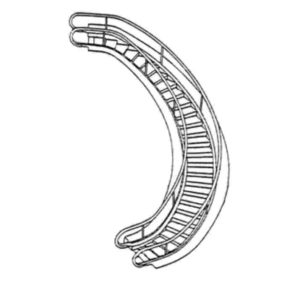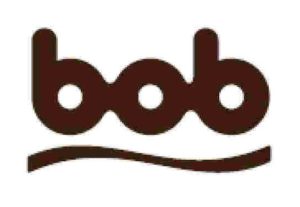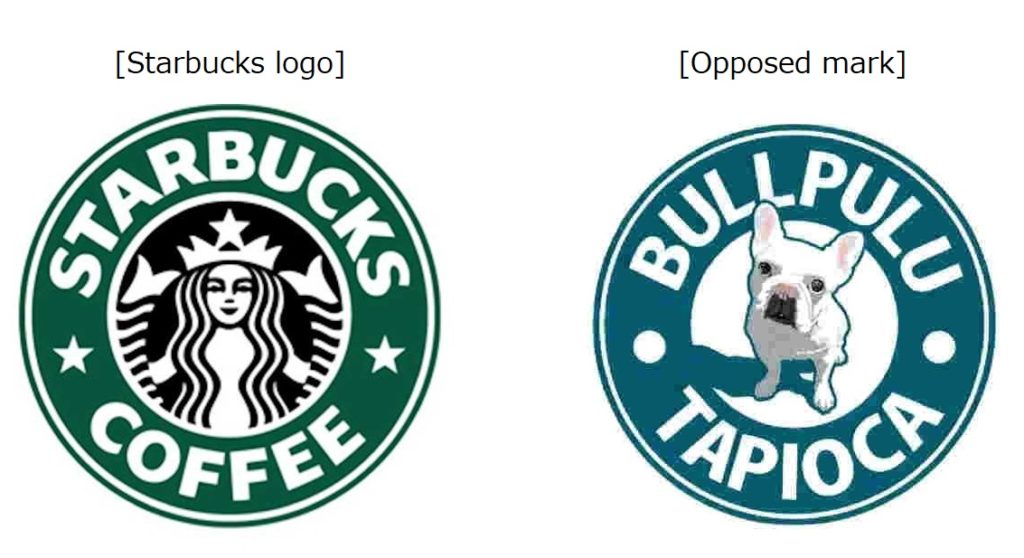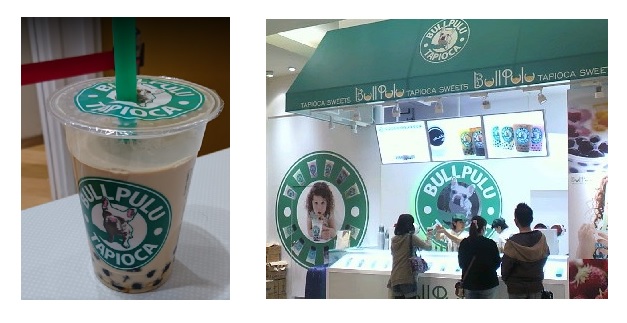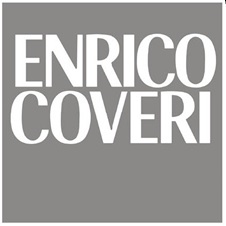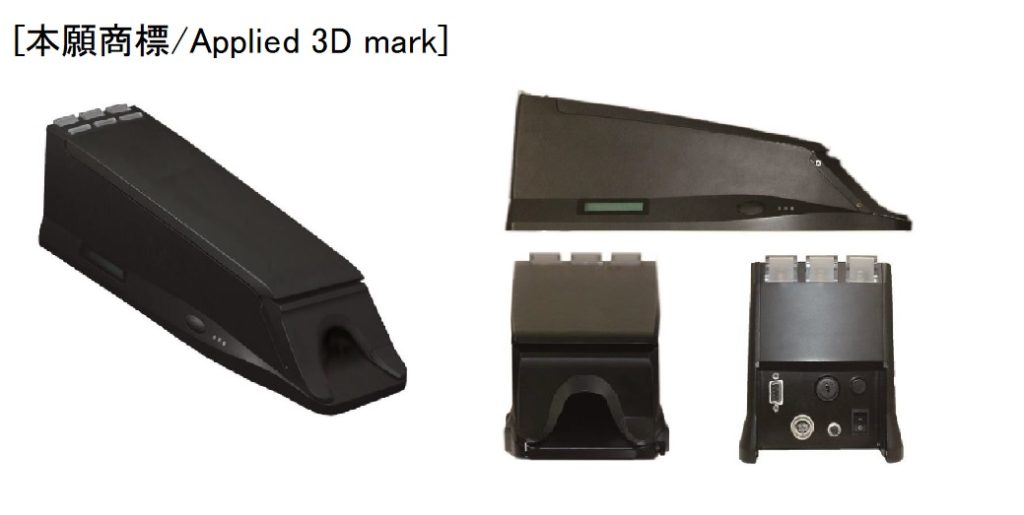In a recent decision, the Appeal Board of Japan Patent Office (JPO) admitted trademark registration for the Polaroid Photo Frame design mark (see below) in relation to services of photo printing, digital on-demand printing, processing of photographic films, photographic retouching (class 40).
[Appeal case no. 2017-9599, Gazette issue date: June 28, 2018]
Polaroid Photo Frame
Disputed mark (see below), apparently looking like Polaroid Photo Frame, was filed in the name of PLR IP Holdings, LLC, the ex-owner of the Polaroid brand and related intellectual property, by covering services of photo printing, digital on-demand printing, processing of photographic films, photographic retouching under class 40 on June 24, 2015.
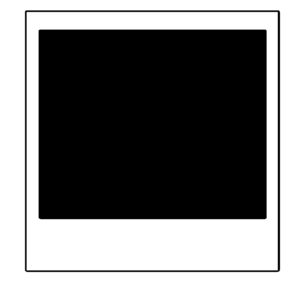
As a result of substantive examination by the JPO examiner, disputed mark was refused due to a lack of inherent distinctiveness based on Article 3(1)(vi) of the Trademark Law.
Article 3(1)(vi) is a comprehensive provision to prohibit any mark lacking inherent distinctiveness from being registered.
Any trademark to be used in connection with goods or services pertaining to the business of an applicant may be registered, unless the trademark:
(vi) is in addition to those listed in each of the preceding items, a trademark by which consumers are not able to recognize the goods or services as those pertaining to a business of a particular person.
Appeal Board decision
The Appeal Board sided with applicant and overruled examiner’s refusal decision by stating that the Board could not detect actual use of the applied design as a representation of shape or quality in connection with the designated services.
Besides, it is questionable to conclude that disputed mark, a combination of White Square and black rectangle, solely consists of a very simple and common sign. If so, the Board considers disputed mark is capable of serving as a source indicator so that consumers may distinguish the source with the clue of disputed mark.
Based on the foregoing, the Board admitted trademark registration of the Polaroid Photo Frame device mark in class 40.

